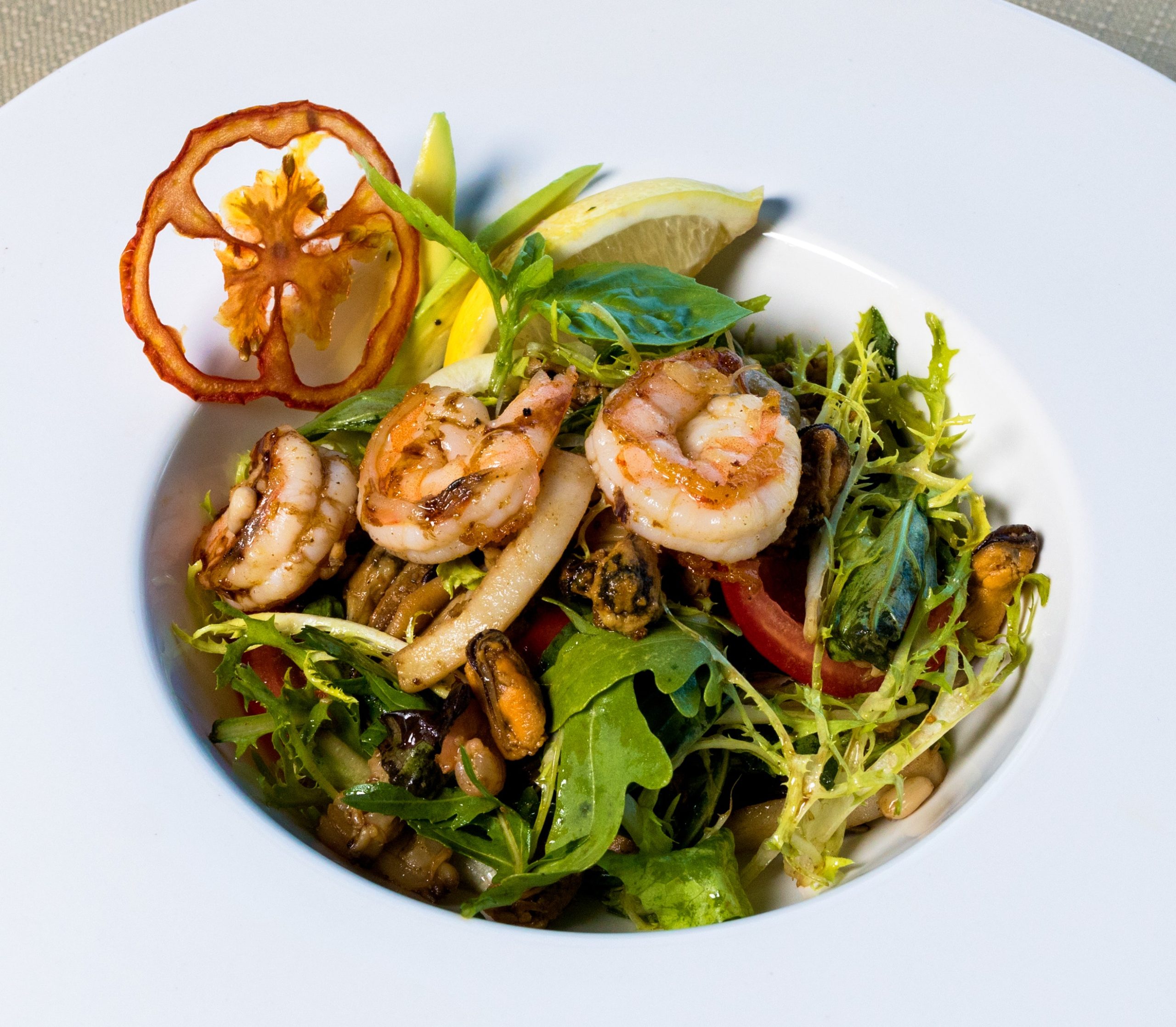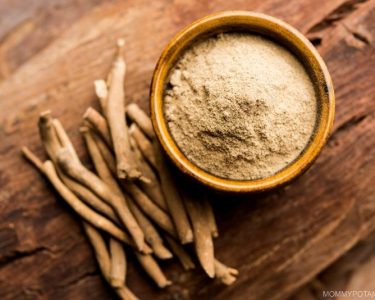Looking for a way to add some magic to your meals? Look no further than the humble mushroom! Not only are these fungi delicious, versatile, and easy to cook with, but they also come loaded with health benefits. From button mushrooms to shiitakes and portobellos, each type of mushroom brings its own unique flavor and texture to the table. In this blog post, we’ll explore the world of mushrooms and show you how to elevate your scampi game by incorporating these fantastic fungi into your cooking repertoire. So grab a fork and get ready for some mushroom magic!
What are mushrooms and why are they good for you?
Mushrooms are a type of fungi that come in a variety of shapes, sizes, and colors. They grow from spores and can be found both in the wild and in cultivated environments like farms. While they may not seem like much at first glance, mushrooms pack quite the nutritional punch!
For starters, mushrooms are low in calories but high in nutrients. They contain antioxidants that help protect your cells from damage caused by free radicals, which can contribute to aging and diseases like cancer. Mushrooms are also a good source of vitamins B and D as well as minerals such as selenium, magnesium, and potassium.
But perhaps most importantly for our health-conscious readers out there: mushrooms have been shown to boost the immune system! Studies suggest that certain types of mushrooms contain compounds called beta-glucans which stimulate white blood cell production. These cells play an important role in fighting off infection and disease.
So whether you’re looking to add some flavor to your dishes or simply want to up your nutrient intake, incorporating more mushrooms into your diet is definitely worth considering!
The different types of mushrooms
Mushrooms are a diverse group of fungi that come in various shapes, sizes, and colors. Each type has its flavor profile and nutritional benefits. Here are some of the most commonly used mushrooms in cooking:
1. Button mushrooms: These small, white or brown mushrooms have a mild flavor and firm texture. They’re often used as a topping for pizzas or added to sauces.
2. Portobello mushrooms: Large and meaty with an earthy taste, portobello mushrooms are great substitutes for meat in vegetarian dishes like burgers or stir-fries.
3. Shiitake mushrooms: With their smoky flavor and chewy texture, shiitakes add depth to soups, stews, and Asian-inspired dishes.
4. Oyster mushrooms: Delicate oyster-shaped caps with a subtle sweet flavor make these perfect additions to pasta sauces or sautéed as a side dish.
5. Enoki Mushrooms: Long-stemmed enoki have crisp textures similar to bean sprouts but carry unique flavors that complement salads beautifully!
6. Chanterelle Mushrooms – Golden yellow chanterelles carry fruity aroma; they can be grilled with vegetables or baked into tarts
By using different types of mushroom species you can add unique flavors & nutrition benefits while elevating any dish!
How to cook with mushrooms
Mushrooms are a versatile ingredient that can be used in a variety of dishes. However, cooking with mushrooms can seem intimidating to some home cooks. Here are some tips on how to cook with mushrooms:
1. Choose the right type: There are many different types of mushrooms available, each with their own unique flavor and texture. Choosing the right type for your dish is important.
2. Clean them properly: Mushrooms should not be washed under running water as they will absorb too much moisture and become slimy. Instead, wipe them clean with a damp cloth or paper towel.
3. Cut them correctly: Depending on the recipe, you may want to slice or chop your mushrooms into smaller pieces before cooking.
4. Experiment with different cooking methods: Mushrooms can be sautéed, roasted, grilled or even fried depending on your preference and what works best for your recipe.
5. Use them in various dishes: From soups and stews to pasta dishes and stir-fries, mushrooms can add depth of flavor to almost any dish.
By following these simple steps and experimenting with different recipes, you’ll soon discover the magic of cooking with fresh fungi!
Mushroom recipes
Mushrooms are incredibly versatile and can be included in a wide variety of dishes. Whether you’re looking for a hearty vegetarian meal or want to add some umami flavor to your meat-based dishes, mushrooms have got you covered.
One popular mushroom recipe is mushroom risotto. This creamy dish combines the earthy flavors of mushrooms with arborio rice, Parmesan cheese, and other delicious ingredients. It’s the perfect comfort food on a chilly night.
Another tasty option is grilled Portobello mushrooms. These giant fungi are hearty enough to stand up as a main course and can be marinated in various sauces or simply seasoned with salt and pepper before grilling.
If you’re feeling adventurous, try making stuffed mushrooms! You can fill them with anything from cream cheese and herbs to sausage and breadcrumbs for a savory appetizer that will impress your guests.
Don’t forget about mushroom soup! Creamy mushroom soup is always comforting on a cold day while lighter options like clear broth soups allow the natural flavors of the mushrooms shine through.
The possibilities with mushroom recipes are endless – let your creativity run wild!
Conclusion
Mushrooms are a versatile and nutritious ingredient that can elevate any dish. From adding depth of flavor to soups and stews, to being the star ingredient in vegetarian dishes, mushrooms pack a punch in both taste and health benefits.
With their different varieties, including portobello, shiitake, oyster and button mushrooms among others, there is no shortage of ways to incorporate them into your cooking.
Whether you’re an experienced cook or just starting out in the kitchen, experimenting with different mushroom recipes will add new dimensions to your culinary repertoire. So next time you’re making scampi or any other dish for that matter – don’t forget about the magic of fresh fungi!




